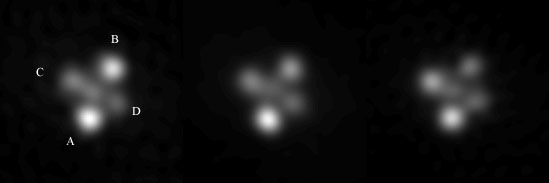Glimpses of the early Universe
There aren’t too many questions bigger than how our Universe came into existence. Pondering our origins has captivated scientists, philosophers and storytellers for millennia, all trying to understand those first precious moments in the beginning—and how humans eventually arrived on the scene, too.
If only it were possible to travel back through time to witness the start of everything …
In a way, travelling back in time is something that astronomers, astrophysicists and space scientists do every day when they look into space. Light takes time to travel through the vast distances of our Universe, so when we see objects that are further away we are seeing what they were like further back in time. Not surprisingly, things that are further away require more advanced instruments to measure them and we need clever ways to make sense of the data collected.
Our Universe had a violent start, kicking off with that famous Big Bang and a blazingly hot cosmic ‘soup’ of sub-atomic particles scattering light in all directions. We can still detect the after-effects of these early moments in the cosmic microwave background.
But then, the Universe went dark. This period of time is known as the Cosmic Dark Ages for two reasons: figuratively, because scientists know very little about what was taking place in the Universe at that time, but also quite literally, because there were no stars providing light.
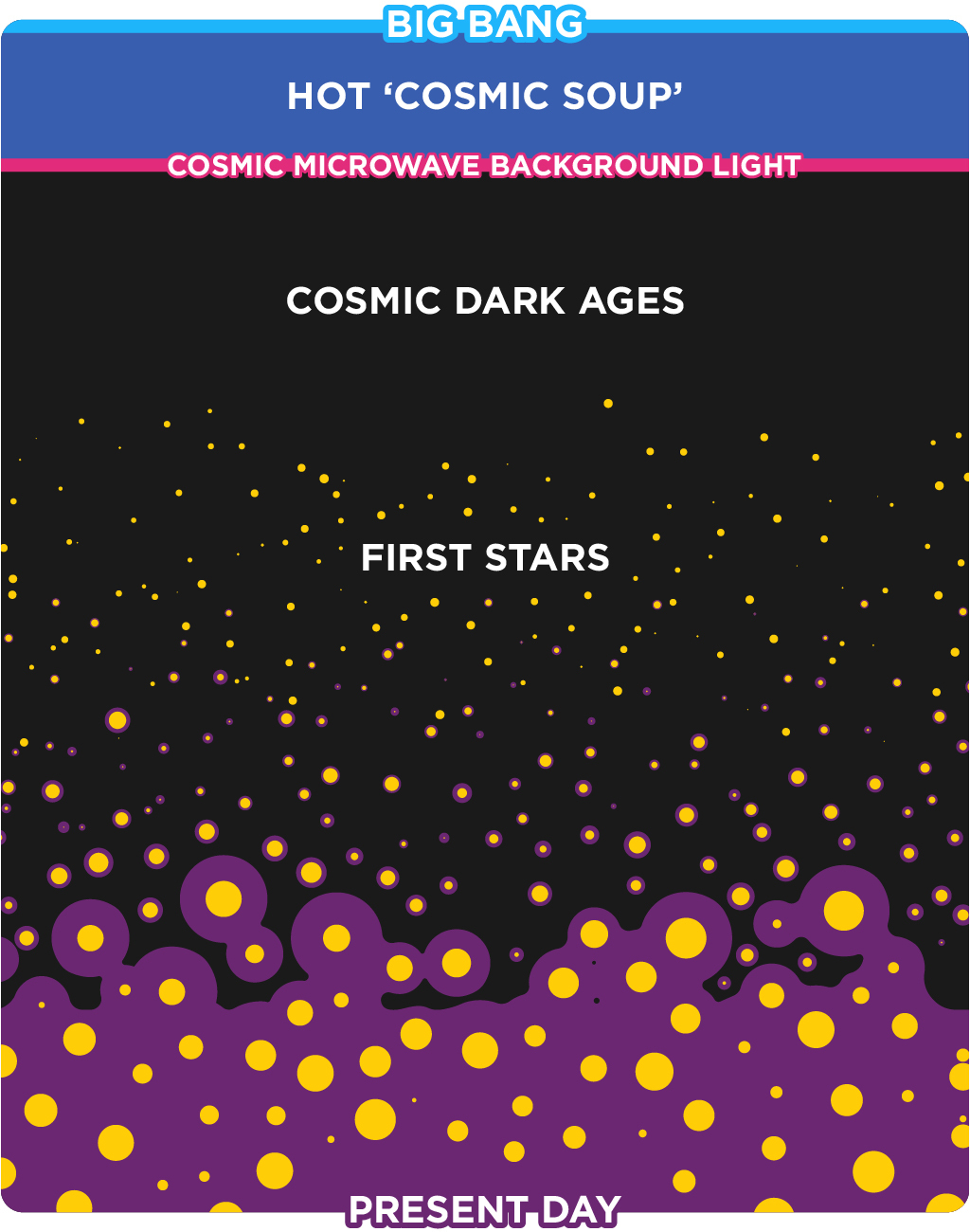
In recent years, we’ve started to learn a lot more about those very first stars thanks to advances in the technologies and techniques we use to study the Universe. But can those discoveries tell us more about what came before them?
Starry, starry nights
Professor Rachel Webster is one astrophysicist trying to solve the mystery of what came before the formation of the very first stars. She was always fascinated by the stars, but the idea of spending her life studying them didn’t occur to her until she was in her final year of high school. She was inspired to delve a lot deeper after “accidentally” attending a lecture on cosmology at the University of Sydney one summer, saying “it blew my 17-year-old brain out of the water”.
One of her most exciting early scientific discoveries also happened somewhat by accident. She was a postdoc student working on a project using the large Canada-France-Hawaii telescope in Hawaii, but her work had been frustrated by a series of cloudy nights.
On the last night, most of the others working on the project had left, but Webster stayed. “I thought, ‘I’ve got this big telescope, I could look at anything in the Universe’,” she says. At 4 am the clouds finally cleared, giving her a few precious hours of clear night sky. She decided to take some pictures of a recently-discovered instance of a special galactic phenomenon known as a gravitational lens—and she noticed something odd.
She knew immediately that she had captured something new: her image was different to what other astronomers had captured. “What had happened between the published image and my image was it had changed massively in magnification,” she says. “I’d never seen anything like this before.”
Using gravity as a lens
While the space between astrophysical objects like stars and planets is almost a complete vacuum, that doesn’t mean that all the stars aren’t connected to each other. Astronomers now imagine those invisible connections across the Universe through space and time as a kind of ‘fabric’ stretched in all directions. A heavy star will leave a dent in that fabric, warping space and time around it.
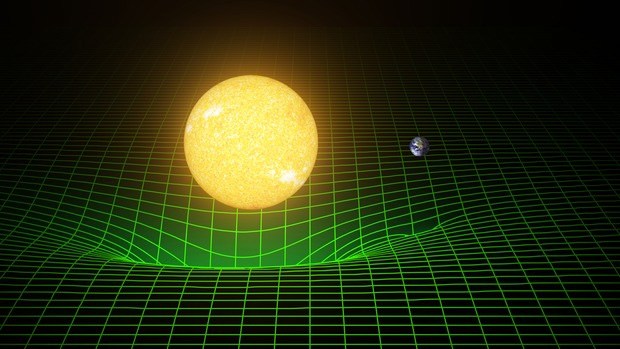
Those dents in the fabric also affect the way that light travels through space. We are familiar with watching light bend as it moves through a water droplet or a magnifying glass, and the effect of gravitational lensing is somewhat similar, as the forces of gravity pulling on the ‘fabric’ cause light to travel along, as Webster says, “bendy lines” through a curved spacetime. Astronomers can exploit these effects to study objects or regions of space that our current telescopes aren’t able to see: perhaps there’s something in the way and they need to look behind it, or something is so far away that it needs to be magnified further.
There are three classes of gravitational lensing, where astrophysicists can peer around objects in space (generally clusters of galaxies) to look at what’s sitting behind them. Strong gravitational lensing shows up as clearly visible light distortions that might be ring-shaped (often called ‘Einstein rings’) or look like bendy arc-shaped lines scattered across an image.
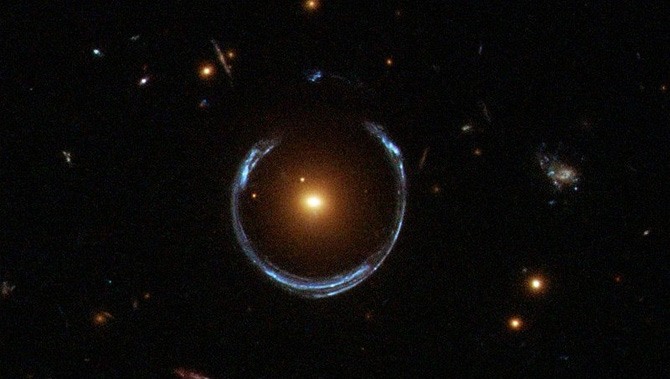
Weak lensing is harder to see: objects might appear a bit stretched, or their orientation has changed. Scientists need to compare tiny amounts of light distortion and sift through lots of statistical data to determine what they’re looking at.
The third class, which Webster witnessed, is called microlensing. It’s often caused by a single star rather than an entire galaxy or cluster, and it appears as a change in the brightness of light as its intensity changes over time, rather than a distortion in its shape.
Webster observed a change in the appearance of the quasar system Q2237+0305, also known as the ‘Einstein cross’, due to its four-point appearance—a result of light from the quasar bending around a galaxy sitting in front of it. While the quasar system had already been discovered and photographed, she noticed a distinct change in the brightness of just one of those four points: a direct result of microlensing that, until that moment, had never been observed.
Reconstructing the bigger picture
On a windy day, we can’t ‘see’ the wind, but we can watch its effects on the trees as their branches sway. Studying the Universe is similar. We can’t always directly observe something, but we can measure other effects that happen around it and use those measurements to fill in the blanks of our understanding or refine our theories of how things work.
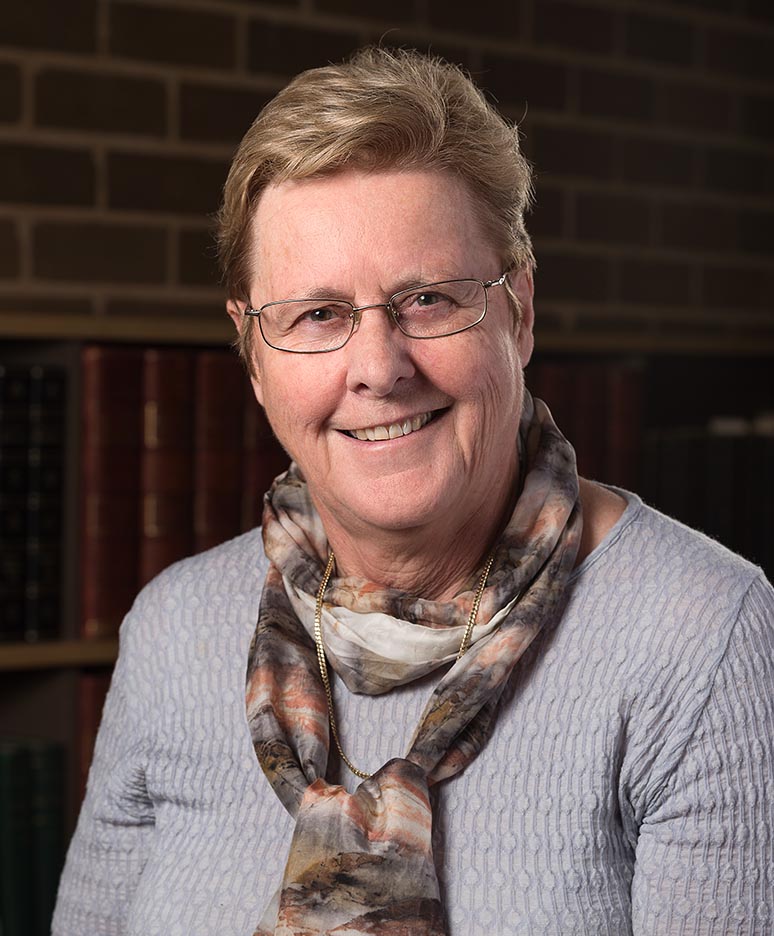
Of course, answering one question has a tendency to trigger more questions, and Webster’s current line of scientific enquiry is expanding our understanding of early black holes. “When did the black hole seeds form, and how did they grow? Was there anything else going on that we haven’t thought of yet?” she says. “If they’re really massive and they’re formed really early on, how did that happen? Black holes don’t just grow out of nothing—there has to be a seed. How did the seed form? That’s what I want to know more about.”
Every new addition to our understanding of the very first stars, galaxies and ‘stuff’ in our Universe helps us piece together more about the Cosmic Dark Ages. “There’s not a lot of information from that period, but we’re slowly finding more ways to pull back the curtain and peer into those times,” says Webster.
Who knows what we will uncover about what happened way back then, in the early Universe?






